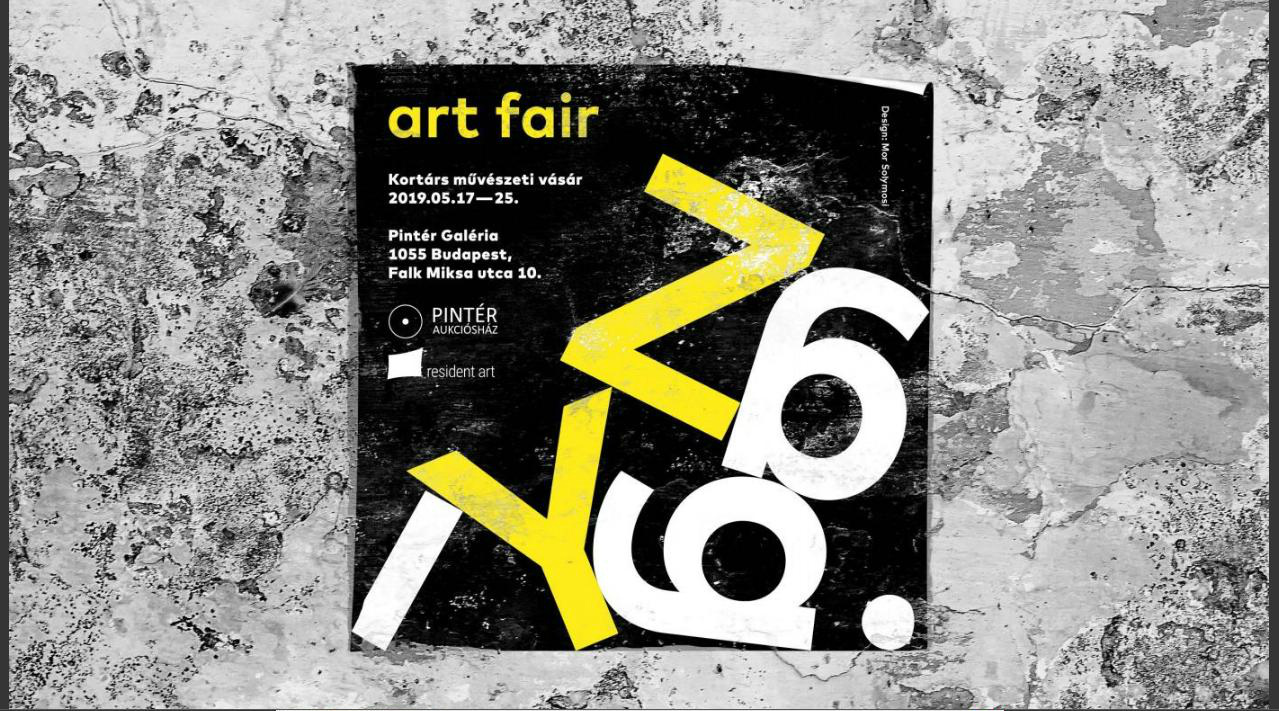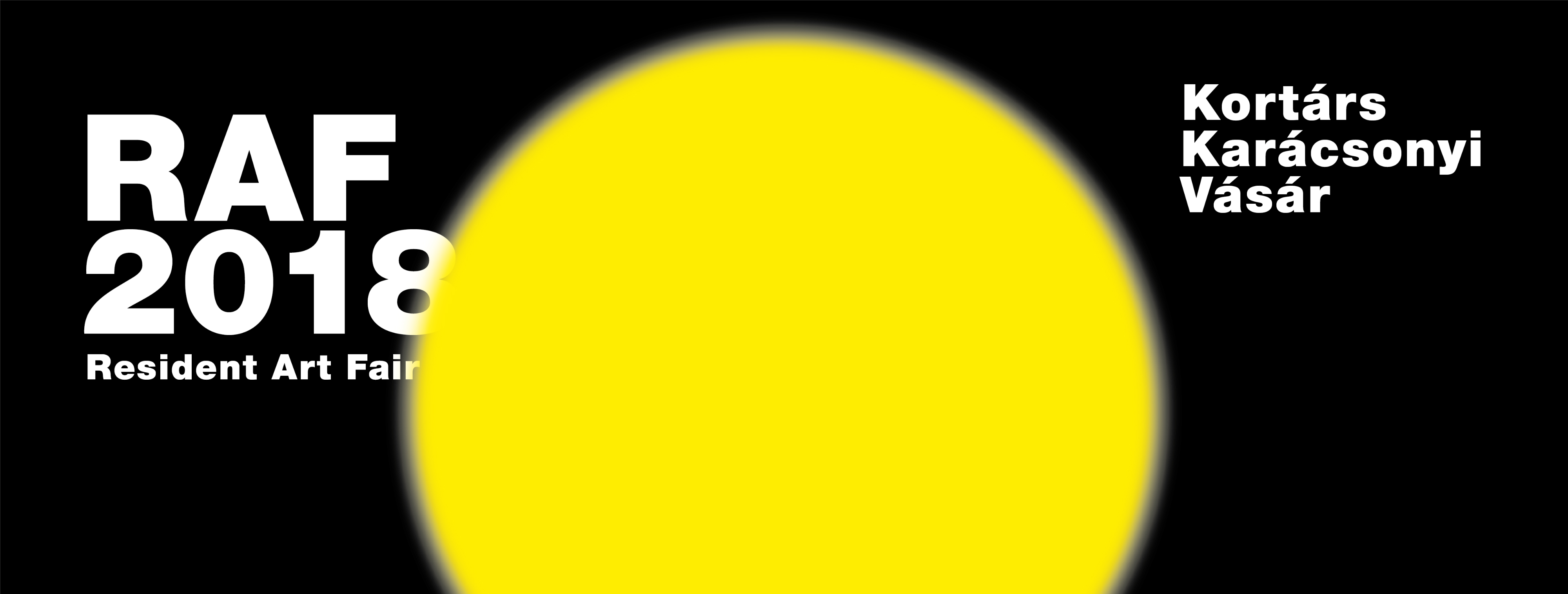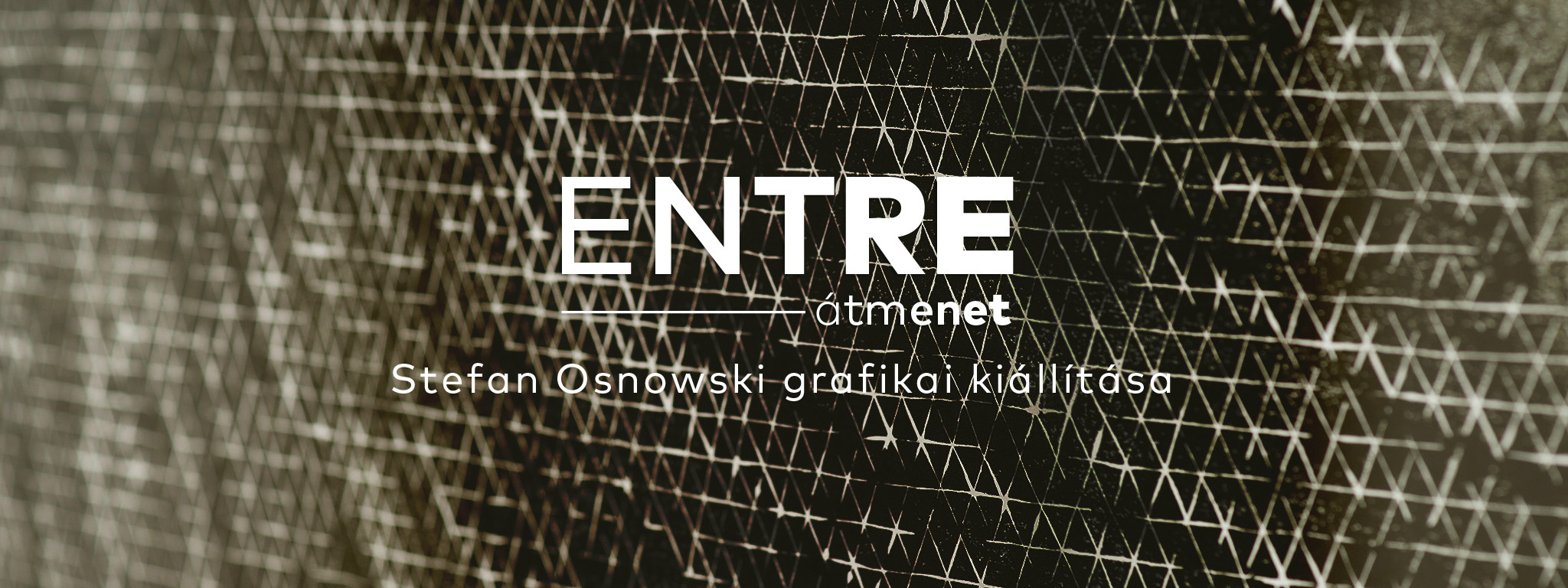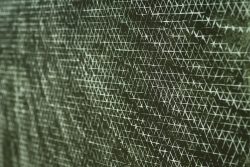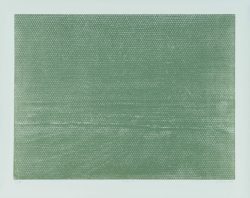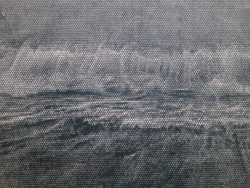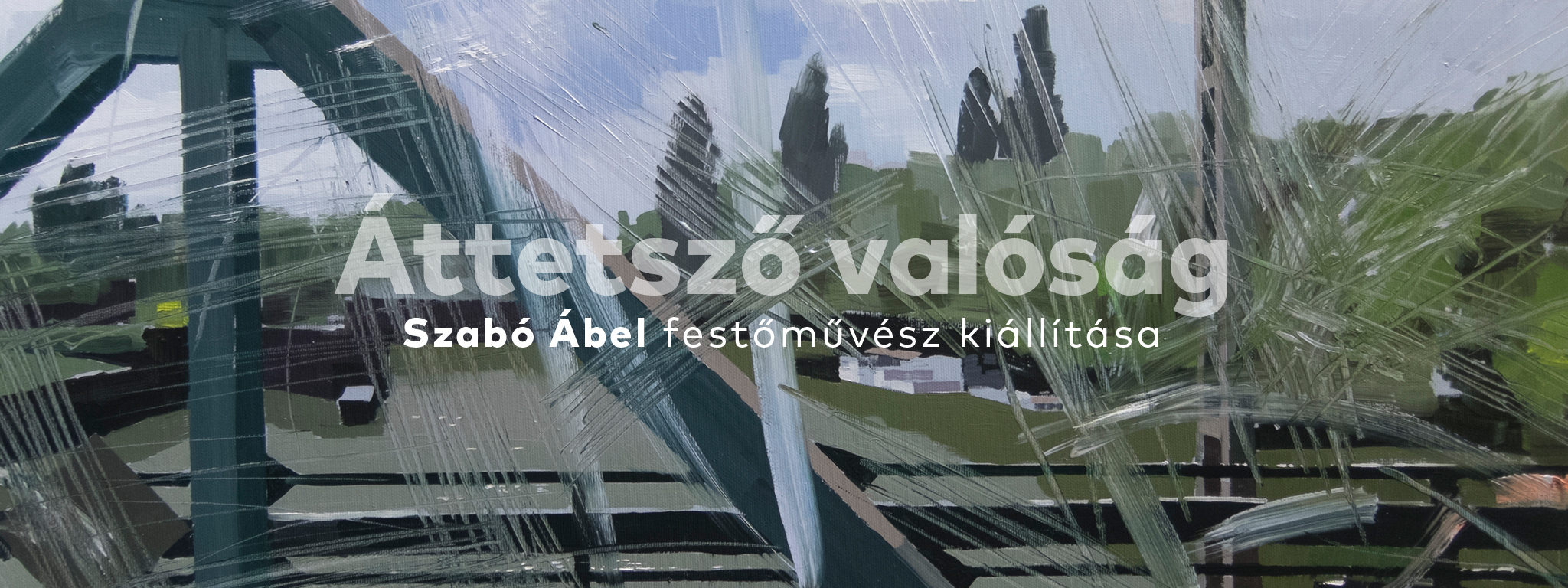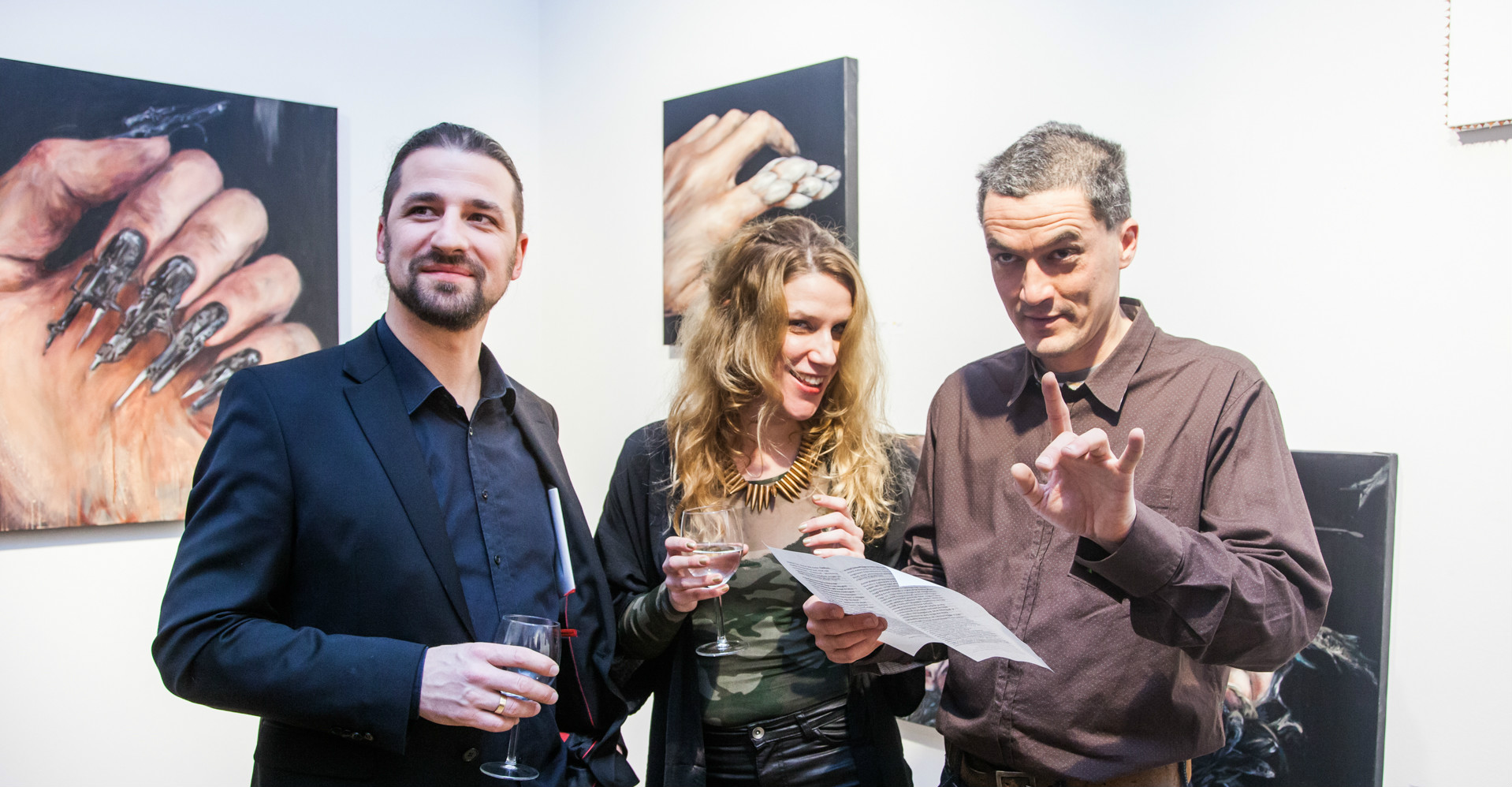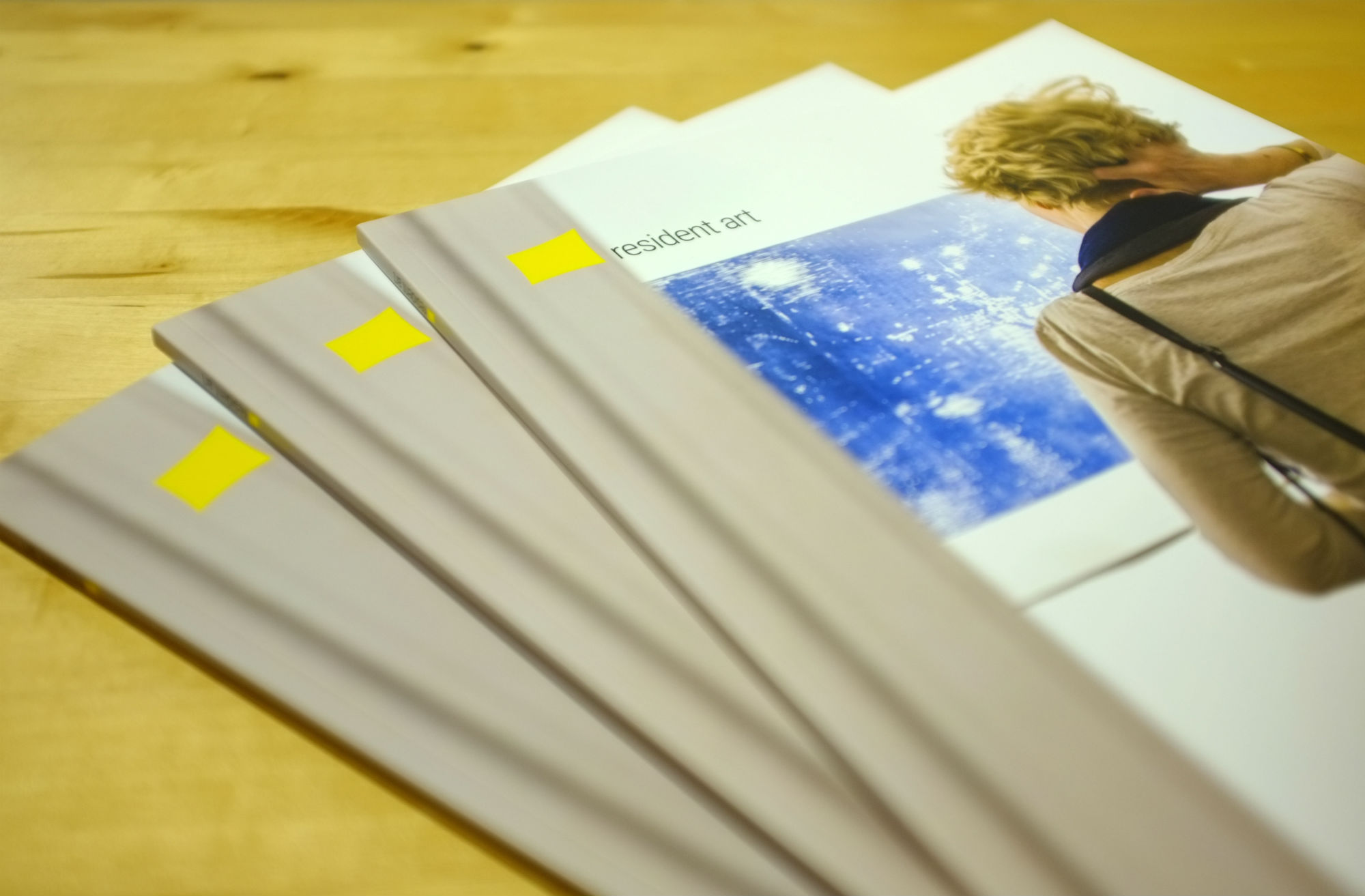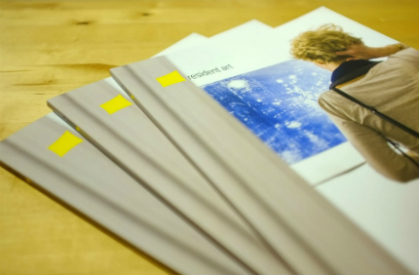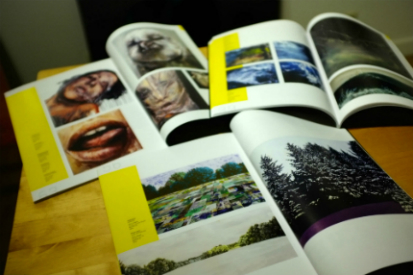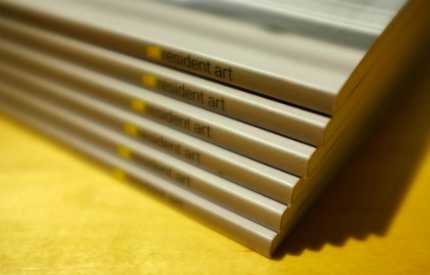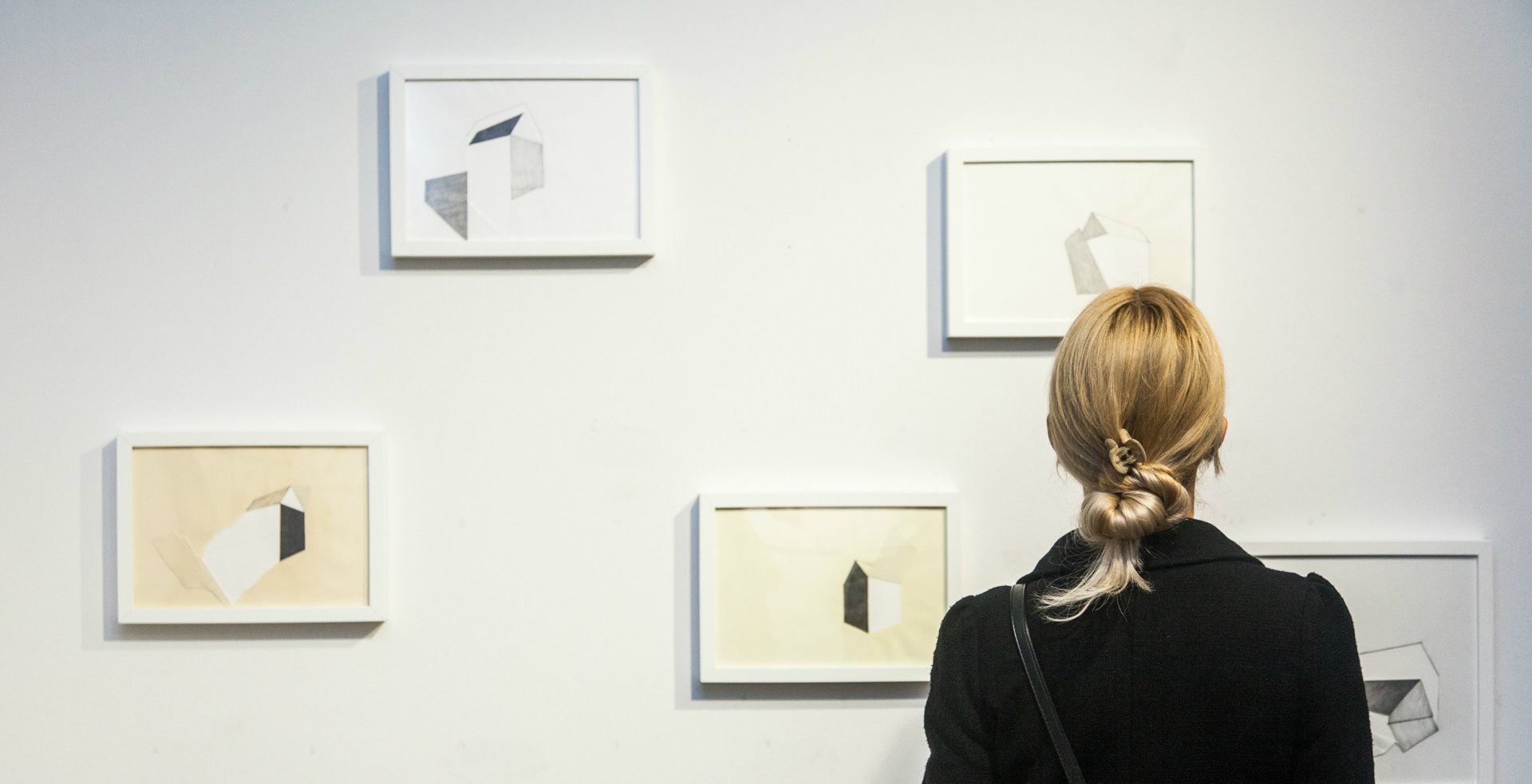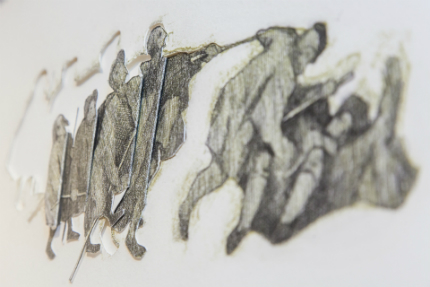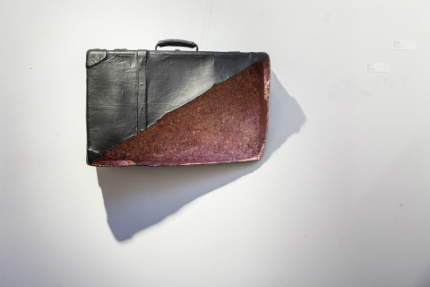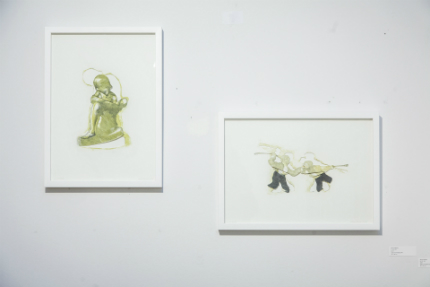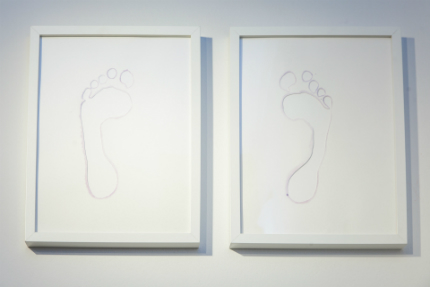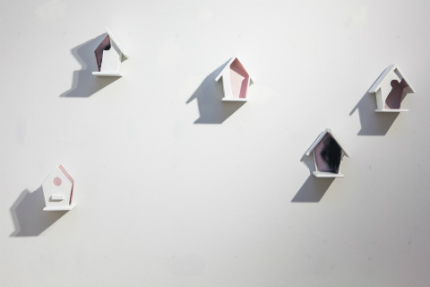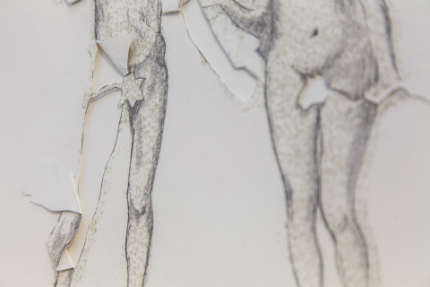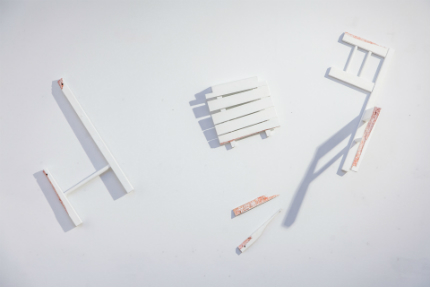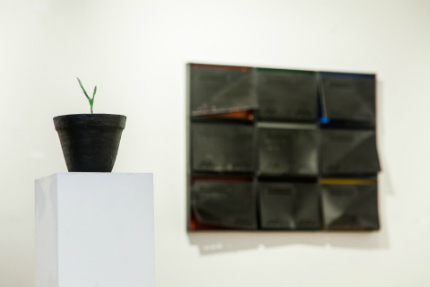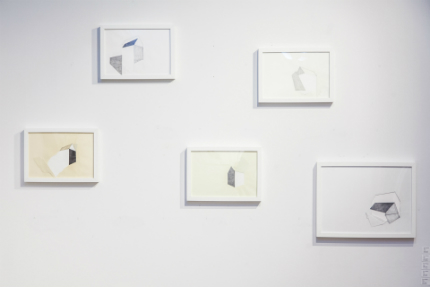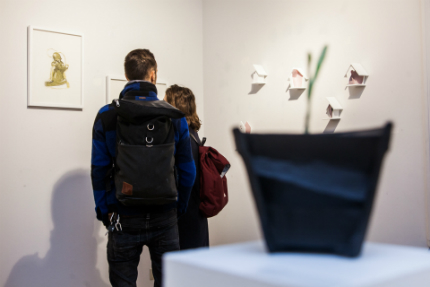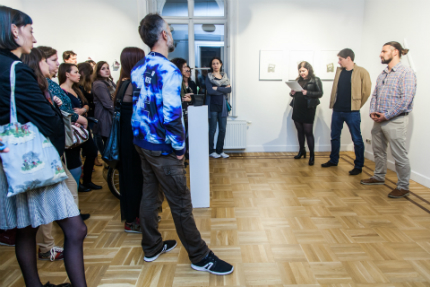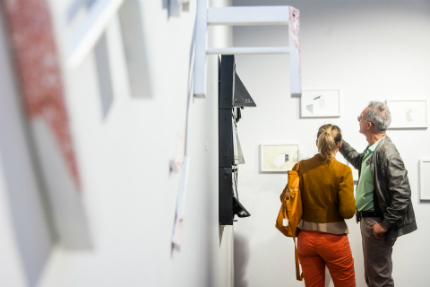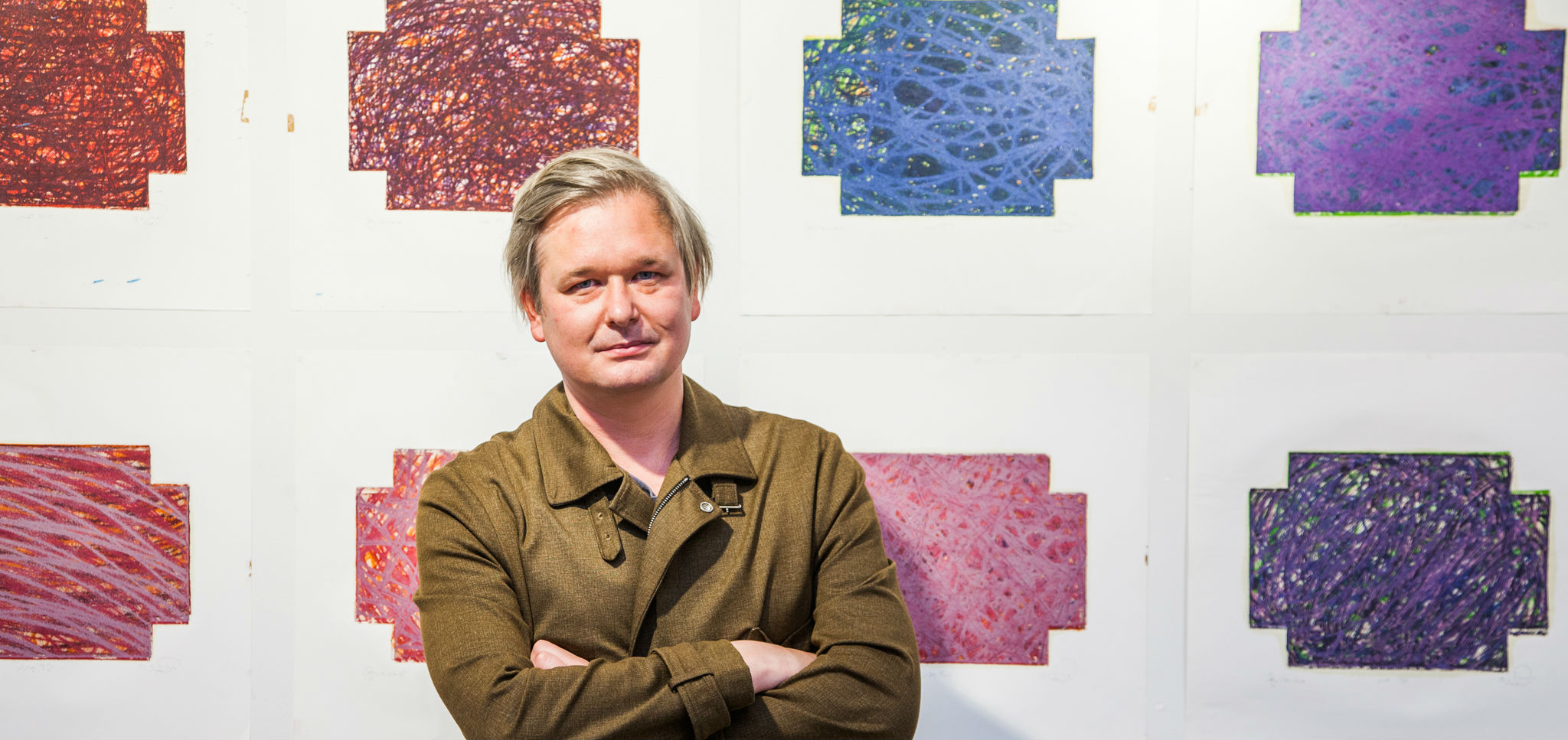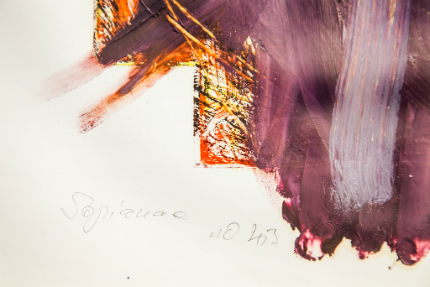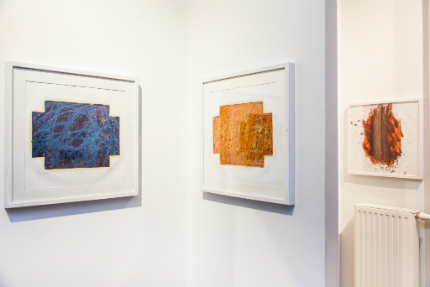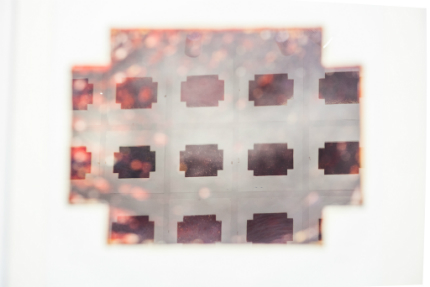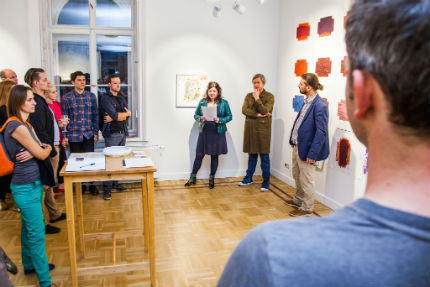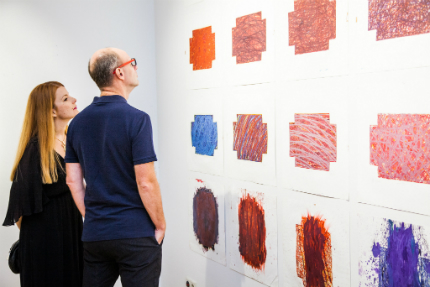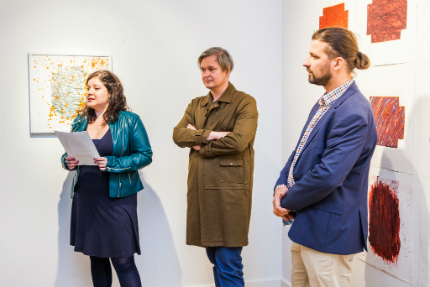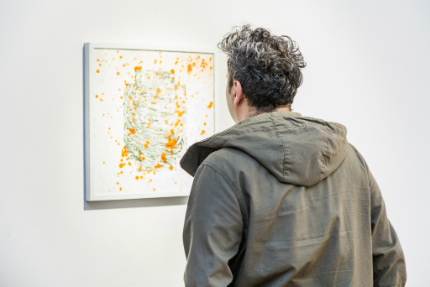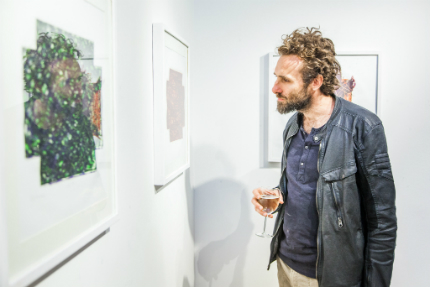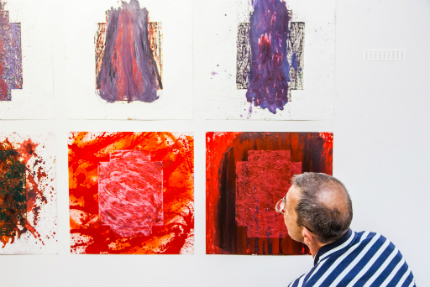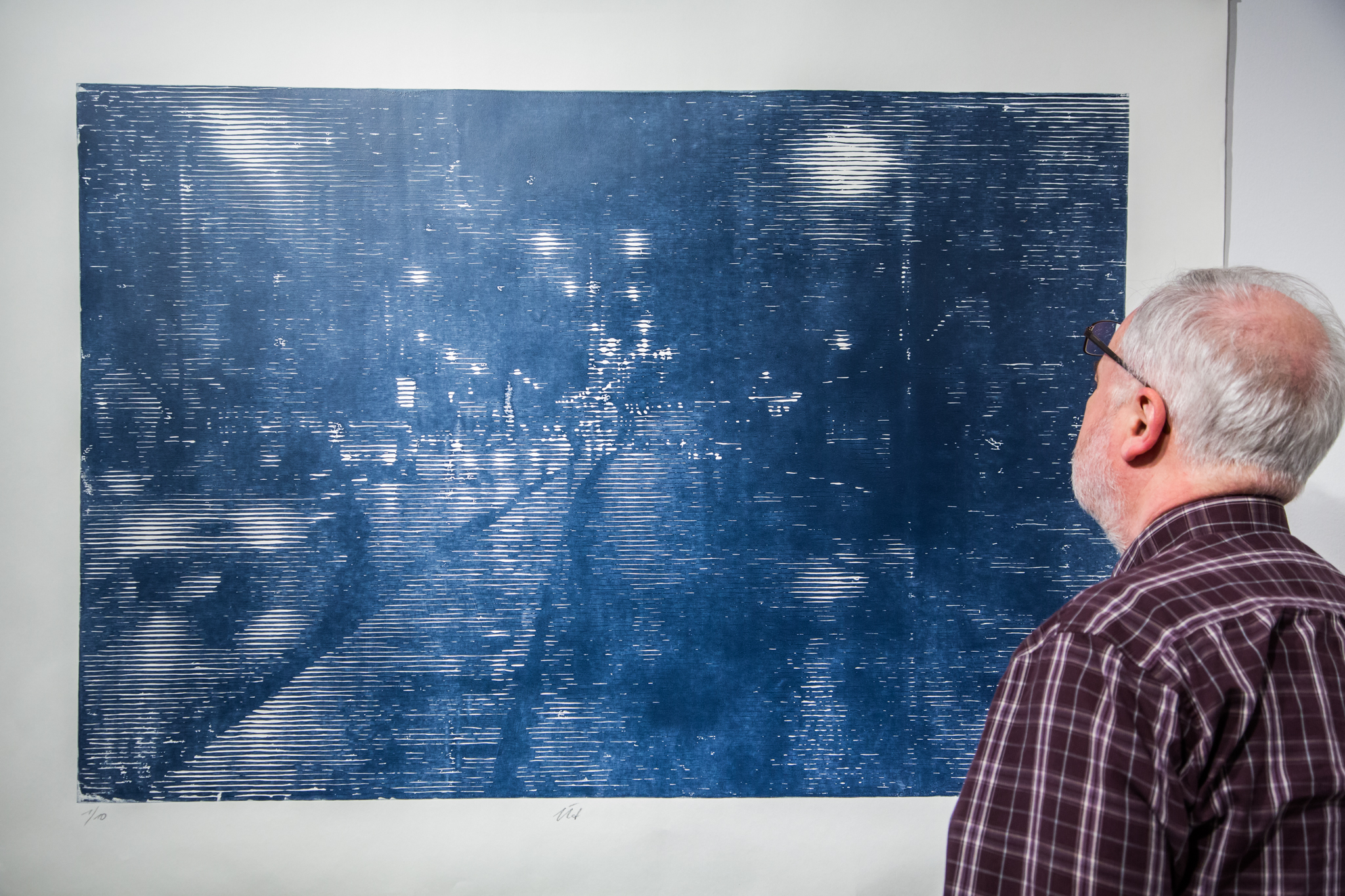exhibition opening” width=”430″ height=”287″ /> • • • Inkább a vizualitás mechanizmusait föltáró emberi önmegismerő eszköz a kortárs festészet a fotográfia elterjedése óta, és a konceptuális művészet múzeumi-műkereskedelmi elfogadása óta pedig még erősebben pénzszerű befektetési vagyontárgy, amelynek közmegegyezéses értéktartalma az, hogy mennyiben rendelkezik ezzel az önmegismerést előmozdítani képes funkcióval. A festészet továbbá, a képzőművészeti kiállítás azon ritka esetek közé tartozik, ahol a szokásos aktív nézésünket fölfüggesztjük. Zárójelbe tesszük tehát általános […]
exhibition opening” width=”430″ height=”287″ /> 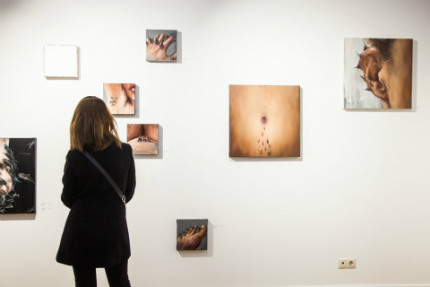
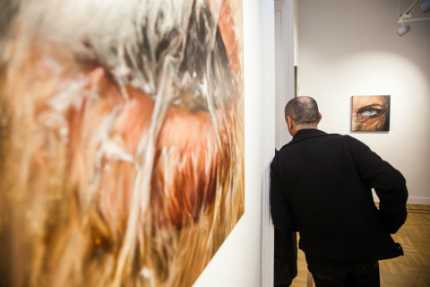
• • •
Inkább a vizualitás mechanizmusait föltáró emberi önmegismerő eszköz a kortárs festészet a fotográfia elterjedése óta, és a konceptuális művészet múzeumi-műkereskedelmi elfogadása óta pedig még erősebben pénzszerű befektetési vagyontárgy, amelynek közmegegyezéses értéktartalma az, hogy mennyiben rendelkezik ezzel az önmegismerést előmozdítani képes funkcióval. A festészet továbbá, a képzőművészeti kiállítás azon ritka esetek közé tartozik, ahol a szokásos aktív nézésünket fölfüggesztjük. Zárójelbe tesszük tehát általános eljárásunkat, vagyis, hogy előre tudjuk, mit akarunk látni, és a tekintetünket úgy vezetjük, például formás idomok kerülnek be a látómezőnkbe, ha arra vagyunk kihegyezve, és nem az ostorfát fogjuk megkülönböztetni a platánfától, ami alatt éppen elhaladóban vagyunk. Egy kiállításon egy kicsit ettől a folyton irányított – mi tagadás – vágyak által vezérelt szemcikázást elengedjük. Ahhoz hasonlóan tesszük passzívvá látásunkat, mint amit képzelünk egyéb iránt arról, hogy hogyan is látunk, tehát, hogy a látás nem lenne egyéb, minthogy a recehártyánkra eresztődik egy változó hullámhosszú és eloszlású fénykoktél, mint amint ezt a camera obscura fizikai ténye olyan meggyőzően bemutatja, s ezt a recehártyára kapott fénykoktélt aztán alakjuk és elrendezésük szerint értelmezésre továbbítjuk az arra kifejlesztett agyterületek felé.
Nagyon fontos funkciója a kétszemű sztereó látásnak, hogy segítségével magunkat megbízhatóan pozícionáljuk a térben, a hozzánk mért közel-távoli viszonyok egyértelműek legyenek a látott objektumokkal. Az ilyen típusú látás szimulálását teszi témájává az a kortárs festészet, amelyben a kép kerete egy térre nyit, ilyet inkább férfiak szeretnek csinálni. Verebics Ágnes vásznaiban ez az első szembetűnő lemondás, hogy egyáltalán nem a kép ilyen jellegű céljaiban gondolkodik. Nincs törekvés távlat, egymáshoz való közelség-távolság viszonyok saját pozíciót biztonságosan megállapítani igyekvő szemlélőként bármilyen tér szuggerálására. Nem föltétlen fizikai tereket kell sugallni ráadásul, a nem-anyagi terek ábrázolási hagyománya a modernizmusban nagyon jelentős, ha nem a legjelentősebb törekvés. Tehát, ha Verebics Ágnes festészetét, noha látjuk, hogy az egyszínű hátterekhez igencsak vonzódik, illetve olyan közeli kivágatokkal operál, ami egészen közel, majdhogynem túl közel visz a látotthoz, olyannyira, hogy a néző és a tárgy közti távolság gyakorlatilag minimalizálva lesz, tehát a dolog itt van, de mindezek dacára azt kívánjuk állítani, hogy ő mégis egyfajta tereket festene, és igenis a térlátás illúzióját szuggerálja, akkor ez a tér a következő. Világítás nélküli, ahol a nézőből vetül fény a nézettre, ami igen közel, úgyszólván itt van, tehát föltehetőleg egy barlangban, vagy kriptában, vagy tökéletesen fényszennyezés-mentes éjszakában, de borult ég alatt található ez a tér, rajtunk pedig valamiféle fejlámpa működik, ha nem önmagukból sugároznak egy belső fényt a látottak.
E szituációk azonban túlságosan is hasonlítanak a lélektan kedvelt hasonlataihoz, de még a filozófia sem idegenkedik az ilyesmiktől. Magyarán azt gondolom, hogy ezek, ha terek, gyaníthatóan nem a fizikaiak – vagyis mentális terekbe engednek betekintést, vagy érzelmiekbe, vagy gondolatiakba. A kettő közötti eltérésben néhányan már eltévedtek, ezért javaslom inkább csak a mentális használatát, tehát Verebics Ágnes belső képeket fest, illetve állít össze. Ezeknek másféle komplexitása lesz, mint egy mechanikusan – objektívvel – létrehozott, vagy elhelyezkedést távlatban szuggeráló típusú, azaz illuzionista jellegű képnek.
A közelség-távolság problémáját kötözködhetnénk, hogy a sok rétegből összeálló, általában üvegek mögé és közé helyezett, rétegzett munkák valahogyan mégis megkörnyékeznék. Véleményem szerint erről egyáltalán nincs szó: a rétegek egyszerre jelennek meg, egy látványt akarnak alkotni, azaz egyszerre túl közel, azaz itt jelen lévő, de összetett, egymást egymással magyarázó rétegek összhangjai. Ezeknél az egyes hátrébb található, elfedettebb rétegek ugyanúgy az egész egymást magyarázó elválaszthatatlan alkatrészei, és nem például térben távolibb dolgok. Legföljebb emlékezetben, vagy valami mentális síkon tehát. Tetézve e tér nélküliséget – mármint euklideszi tér nélküliséget – a rétegzett képek kapcsán még az is eszükbe juthat, hogy Verebics Ágnes nemcsak, hogy tér, hanem még ráadásul idő nélküli képeket is hoz létre. Illetve egy konvencionális, múlt-jelen-jövő fölosztás helyetti csak mostot ábrázol amellett, hogy a tértelenséggel a csak-ittet ábrázolja. Ezt a tapasztalatot Gumbrecht időnézőkéjeként akképpen fogalmazza meg, hogy csak jelen maradt, ebbe passzíroztatott mind a múlt, mind a jelen és jövő. Vagyis folyton itt van velünk a Holokauszt és minden gyarmati és férfias elnyomó rémtett, ahogyan az a kedves vízió is, hogy utódaink ünnepnapokon egy talán nem annyira sugárzó pitypangsalátának fognak örülni, miközben testük hetente újabb törzsű paraziták terített asztalaivá válik, és a napvilágra sem fognak tudni jönni a legutolsó technológia nélkül, ha jelenleg ennyi összefüggést fedezünk föl a meleg vizes zuhanyzás és az invazív kártevők vegyipari fejlesztéseket ösztönző térnyerése közt, mint amennyivel jelenleg hajlandóak vagyunk foglalkozni.
Azért jöttem el ma beszélni, mert szerintem Verebics Ágnesnek, a kortárs festőnek igaza lehet: tér sincs úgy, ahogy szeretik beállítani, és idő sincs úgy. Túlságosan is a nagy hatalmú képek a valóságosak, amik pedig belül vannak, s a jelenlegi kultúrában vagy jól, vagy nem is annyira jól megfizetett, ezért erkölcsileg könnyű szívvel mérlegre tehető varázslók gyártják őket, vagyis nem azok, akikben belsővé válik aztán, akikben űrjük e benyelt képekkel tapétázza amúgy szeretetreméltó lényük helyett személyiségüket. A belső képek pedig törekszenek a jelentés redundanciáját elkerülni, túl komplexek nem lehetnek, a szemcikázást ki kell, hogy kerüljék, bármiféle narratíva ok-okozatiságát. Csak érzések, állapotok, fénykoktél! Talán ezért az igencsak redukált paletta: a hús, a bőr és a szurok színe. Illetve ugyanezért vesz egy képéhez ennyire kevés motívumot Verebics Ágnes. Egy teljesen nem látható fej, csak a fölkontyolt haja alatti fül, amire valamiféle önvédelemből elintézte magának a lény azt a génszekvencia-kölcsönzést a gyepűrózsától, hogy a kültakaró bőrszövetéből azt az érintést megakadályozó, külsérelmi nyommal fenyegető tövist legyen képes növeszteni. Vagy a további nagyon hasznos test-felszín transzformációkat, a körömből annál kissé hatékonyabb önvédelmi fegyverszervet fejlesztés egy pillantásra fölfogható képét, vagy a légszomjét. Félálom- és álomképeket, amik nem ebből a világból származnak, csak befolyásolják benne döntéseinket.
Paksi Endre Lehel
Resident Art Budapest, 2017. december 13.
• • •
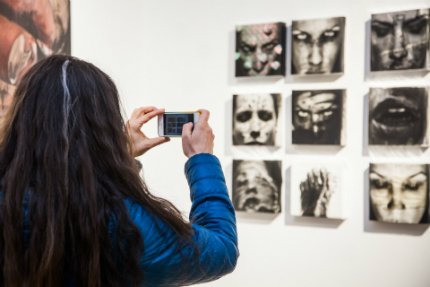
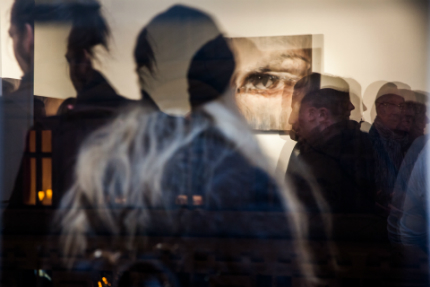
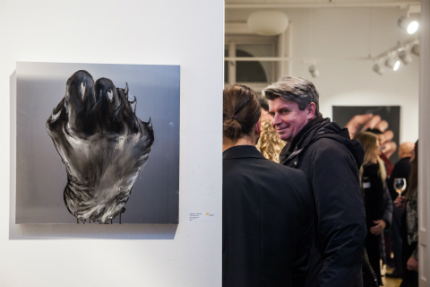
Verebics Ágnes kiállítása 2018. február 28-áig látható a Resident Art Budapest galériában. (1061 Bp, Andrássy út 33.)
Nyitvatartás: kedd-péntek 14:00-19:00
POST OWN PAGE >


